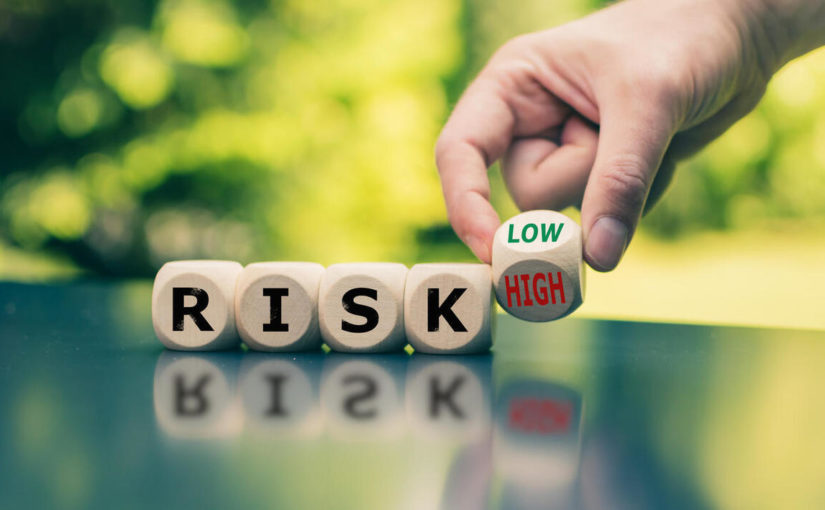A Value at Risk calculation is a mathematical formula that calculates the maximum losses that can occur over a certain time horizon. It assumes a certain degree of confidence that the portfolio will rise or fall above a set level of risk. For example, if you invest $10 million today, you can expect your portfolio to grow by 5% over the next year. Therefore, a 95% confidence level means your portfolio will have a 5% chance of exceeding its value at the end of the year.
In finance, value at risk is a standard approach for estimating market risk. It is based on the idea of extremes and makes good sense in theory. However, it is not entirely accurate in practice because empirical returns distributions do not follow the normal distribution. Therefore, a more elegant solution is derived from extreme value theory. Here are some benefits of this approach. Despite the complexity, it does make a lot of sense when applied to investing.
VaR is an asset-class-specific metric for calculating risk. It is a probability distribution for a portfolio’s market value. It consists of three parameters: volatility, earnings, and losses. Using these variables, investors can calculate the VaR of their portfolios. This metric is very important because it provides an overview of market risk. It can be applied to a wide variety of investment vehicles.
One of the most common methods used in risk management is Value at Risk. It helps you see the potential daily loss for any asset and helps you decide whether to purchase or sell it. Using VaR, you can understand the potential risks associated with different assets. Moreover, VaR is cross-asset, so it can be used to compare different investments. In this way, you can determine which asset is best for you based on its value at risk.
The value-at-risk calculation is a statistical model that determines the maximum possible loss over time for an investment. It also considers the probability of losing money. The more risky an investment is, the greater the return. The highest return yield is a good value-at-risk metric. This method is based on the assumption that the risk of losing money is low. The average return is high in all cases. The corresponding lower risk ratio is a negative number.
Value at risk is the average maximum loss that an investment portfolio can sustain over a period of time. The value at risk calculation is important because it can help investors make better decisions in the long term. Backtesting is the most popular way to test a new investment strategy. When using the backtesting technique, you can use historical data to determine the maximum loss in a specific asset class. If you are unsure about the value at risk calculation, check the backtesting method to see whether the results are consistent with the model you’ve created.

